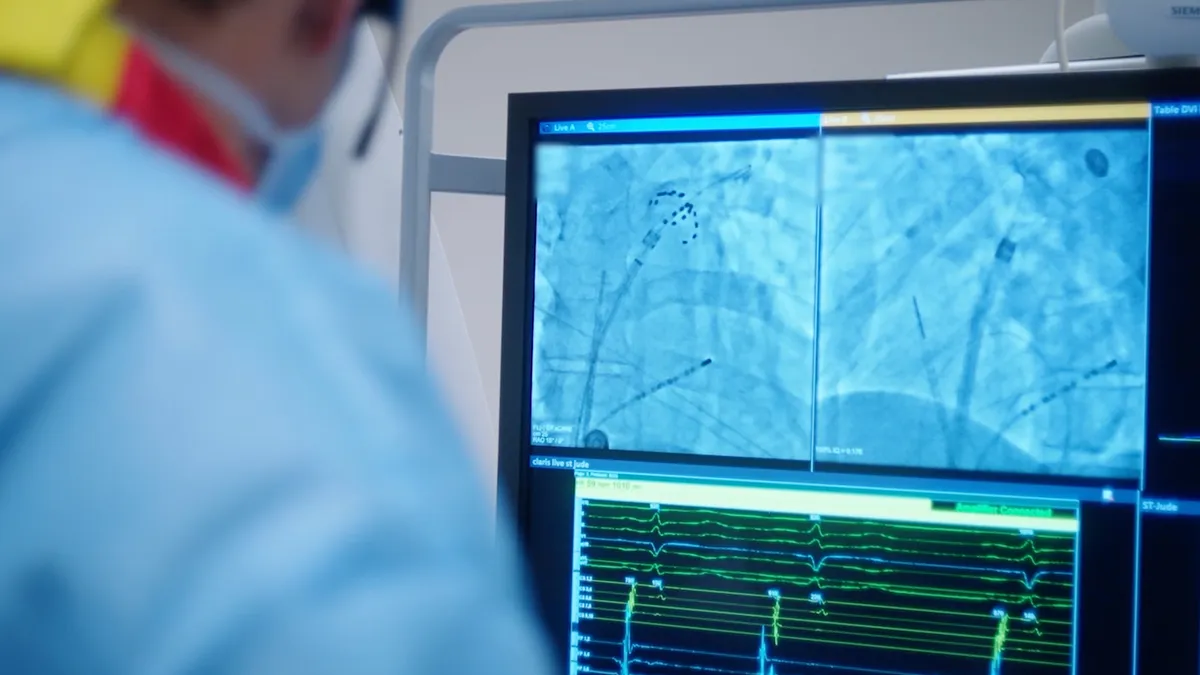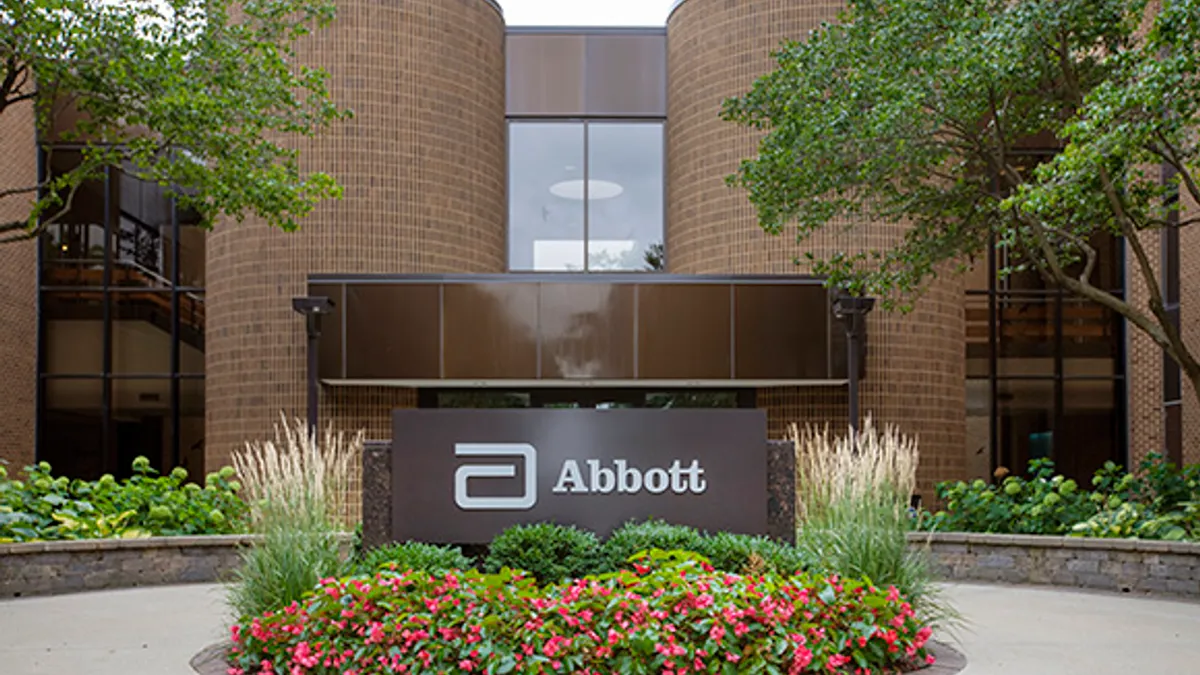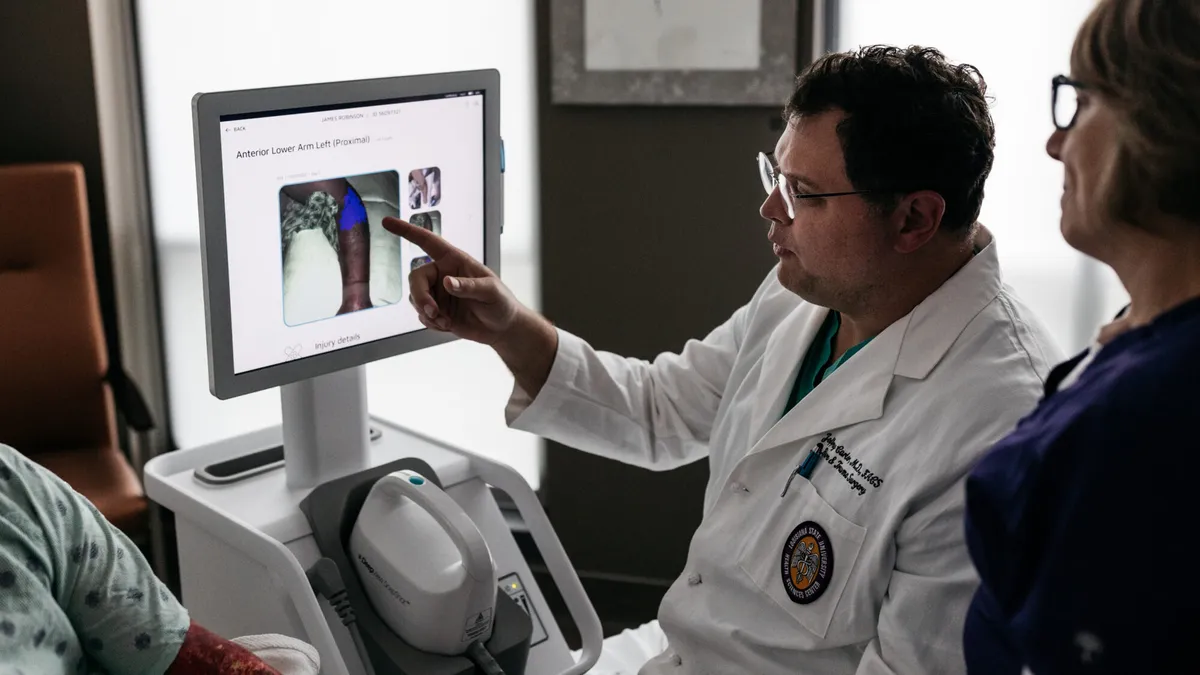Using adult medical devices in children is far from ideal, but too often doctors are left with no other choice.
Development of pediatric medical devices lags behind adult devices by five to 10 years. Of the 66 devices approved by FDA via premarket approval and humanitarian device exemption pathways in 2017, just 18 were indicated for use in a pediatric population.
Most of the remaining approvals had potential for use in a pediatric subpopulation, FDA Commissioner Scott Gottlieb told a recent public workshop convened to discuss the issue, pledging to boost the agency's efforts to improve those numbers.
Part of the challenge stems from the way the system is designed. There are no regulatory pushes to require the industry as there are for pharmaceutical companies, for example.
"Children are not just small adults. If you design an adult system and try to fit children into it, it never works," Mark Del Monte, CEO of the American Academy of Pediatrics said at the panel.
Challenges to the development and commercialization of pediatric devices range from children’s physiological development and difficulty running clinical trials to market profitability and reimbursement. For some pediatric subpopulations, the market potential is likely on par with an orphan product.
If the FDA workshop had one takeaway, it is that a huge gap still exists between conceptual design and clinical applications of medical devices for children, says Robert Kroslowitz, president and CEO of Berlin Heart, which makes a ventricular assist device for children.
That is "mostly due to the significant development and regulatory costs with insignificant financial return," Kroslowitz, chair of AdvaMed’s Pediatric Medical Device Working Group, added.
Reed McCarty, co-founder and partner at SandBox Medical, agrees.
“Funding is a huge challenge because of the inherently small market,” he told MedTech Dive. “So most people either bootstrap it or they get angel investing, because there are very few, what I could call significant opportunities in the neonatal/pediatric arena that would command venture money.”
The FDA has provided incentives and guidance to advance pediatric device development, including the Early Feasibility Program, extrapolation and leveraging of existing clinical data to approval of pediatric devices, the Expedited Access Program, premarket and postmarket guidance on pediatric device development and acceptance of clinical data from studies conducted outside the U.S.
The agency has also beefed up its Office of Pediatric Therapeutics with a full-time pediatric ethicist and neonatologist, and supports companies developing pediatric-specific devices and devices with pediatric indications through the Pediatric Device Consortia Grant Program.
Last month, the FDA awarded five grants totaling up to $6 million per year over the next five years to pediatric device consortia to develop products for infants and children. Of the $6 million awarded this year, $1 million will go toward the Real World Evidence Demonstration Project and gather information to inform FDA efforts to incorporate RWE into agency reviews.
Still, given the dearth of choices for children, the need is still there.
Expanding the regulatory toolbox
In post-workshop comments to FDA, AdvaMed outlined a series of steps aimed at improving and speeding up pediatric device development, including designating all pediatric devices as breakthrough devices, eligible for speedier review.
"Many pediatric device submissions meet many of the Section 3051 criteria but in almost every instance, the availability of a pediatric-labeled device over no device at all or use of a device off-label, will certainly be 'in the best interests of patients,'" the group says.
AdvaMed downplays possible resource concerns about designating every pediatric device, citing the small volume of pediatric device submissions overall.
The trade lobby also recommends FDA establish pediatric-specific review teams and ensure a least burdensome approach to product filings. The agency has a number of unfilled review positions committed under MDUFA IV user fee legislation that could be prioritized for pediatric experts, according to the group.
Other suggestions include using collaborative communities such as patient groups and NIH experts to gain insights on difficult issues and establishing global and domestic clinical trial networks to increase the data pool for pediatric devices and reduce trial costs.
FDA can also supplement valid scientific evidence with other means of gathering evidence, such as well-documented case histories and historical controls. Other potential sources for information include extrapolating clinical data between different sizes of the same device based on nonclinical data like engineering tests and allowing adult 510(k)-cleared devices to serve as predicates for pediatric device candidates.
AdvaMed also calls on lawmakers and FDA to create new tax-related and agency incentives to encourage development of pediatric devices.
Ensuring coverage
On the reimbursement side, CMS could require Medicaid to cover all pediatric device clinical studies with a 90% federal match and have Medicare pay for pediatric devices based on safety and early efficacy data.
"Companies would be required to demonstrate progress on the ongoing data collection effort," AdvaMed says, noting devices would be limited to use in children's hospitals until studies ended.
Currently, Medicare only covers children who are chronically disabled. AdvaMed would change that by having Medicare cover pediatric devices for three to five years, followed by a coverage recommendation that Medicaid would have to follow.
"Unfortunately, with CMS, we have not seen the same level of engagement as we have with the FDA," Kroslowitz told MedTech Dive in a email, adding "their absence and lack of participation in the workshop did not go unnoticed. Improvements must be made in this area, perhaps with allowing Medicare to provide reimbursement recommendations that Medicaid must follow, or having some other single federal entity making reimbursement decisions for the pediatric population again that Medicaid must follow, but this will only be possible with federal mandates.”
Private initiatives
Meanwhile, private initiatives are stepping up to foster pediatric device development. One of those, Cleveland-based PediaWorks, works with pediatric researchers to define commercialization plans and focus scarce resources on the most pressing device needs.
"Pediatric investigators generally select projects that solve clinical problems they identify through personal experience, scientific studies or anecdotal reports," Tim Moran, founder and executive director of PediaWorks, told MedTech Dive. "This certainly is the right place to start, but very few have the experience to factor in the business implications — market demand, product specifications or development plans and costs. The result is wasted funding and a stockpile of device ideas that showed promise and may have even been successfully tested in a preclinical study, but will never reach clinicians’ hands due to some commercialization deficiency."
He noted one researcher who had developed a navigation prototype for use in magnetic resonance imaging. While the prototype worked well, PediaWorks determined the device would require hospitals to spend over $100,000 per unit, there was no reimbursement for its use and an average hospital would use it only two to three times a year. PediaWorks advised the researcher to kill the project and move on to something with more potential.
A sister company, PediaVascular recently held a Shark Tank-like competition at an international pediatric cardiology conference where it awarded a $25,000 no-strings-attached grant to the best pediatric device concept. A yet another affiliate, PediaStent, is developing a bioresorbable stent that cardiologists identified as their most critical device need. The project is supported by a major NIH grant, Moran said.
The next big step in raising awareness of barriers to pediatric device development will be FDA's report to Congress on the recent workshop.


















